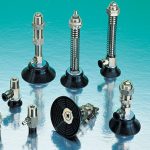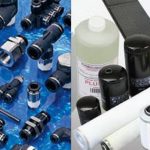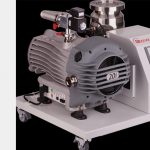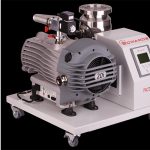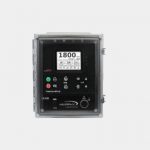There’s a common phenomenon in literally 100% of hydraulic systems that simply must be taken into account, and it has the misfortune of bearing a name that makes it sound like something we should all be grinning at: hysteresis.
What Is Hysteresis?
Simply put, every single kind of hydraulic cylinder, hydraulic valve, or hydraulic end-device (winch, servo arm, whatever it may be) that has at least two directions of movement suffers from the same problem. That being, the pressure required to move them from one position and the pressure required to move them back aren’t the same pressure.
Let’s take the simplest example: a valve designed to open when pressure gets too high — a ‘release valve.’ As the pressure behind the release valve builds, it will remain steady until that pressure reaches a certain point — say, 500 psi — at which point the valve opens. As the pressure decreases, however, the valve does not then close at 500 psi; it will only close when the pressure hits a lower point — say, 480 psi. The difference between those two pressures is called the ‘hysteresis’ of the valve, and it’s most often given as a percentage — 480 being 96% of 500, we would say the hysteresis of the valve is 4%.
Hysteresis is also rate-dependent, so for example, bringing a given hydraulic cylinder slowly from one pressure to another will result in less hysteresis than if you just crank the control all the way over to the other side in one swift action.
Why is Hysteresis a Problem?
Hysteresis is a problem primarily because of the way in which the human mind thinks — we expect, for example, that if we put all of the settings on a given hydraulic circuit to the same positions they were in last time, we’ll get the same result. But because of hysteresis, the result you get as you increase the pressure to get to Point X can differ significantly from the result you get if you reach Point X by decreasing the pressure — and the results can vary even more if you increase and/or decrease the pressure quickly rather than gently.
The end result is that confident operators can do everything they are ‘supposed to’ in order to achieve a specific end result, and end up missing that end result by enough to cause a disaster on the job site. Minimizing hysteresis — and constantly monitoring it — are critical goals for every job site that relies on hydraulic circuits, especially when lives could be endangered by an error.











